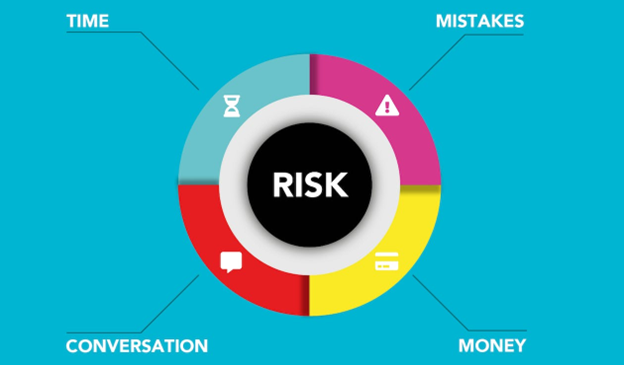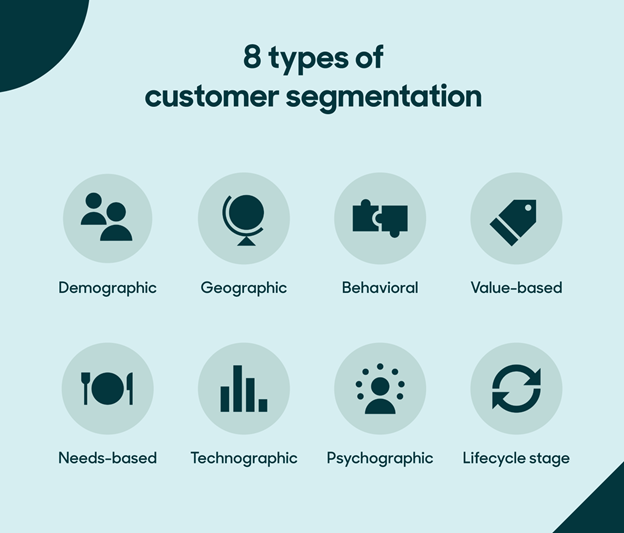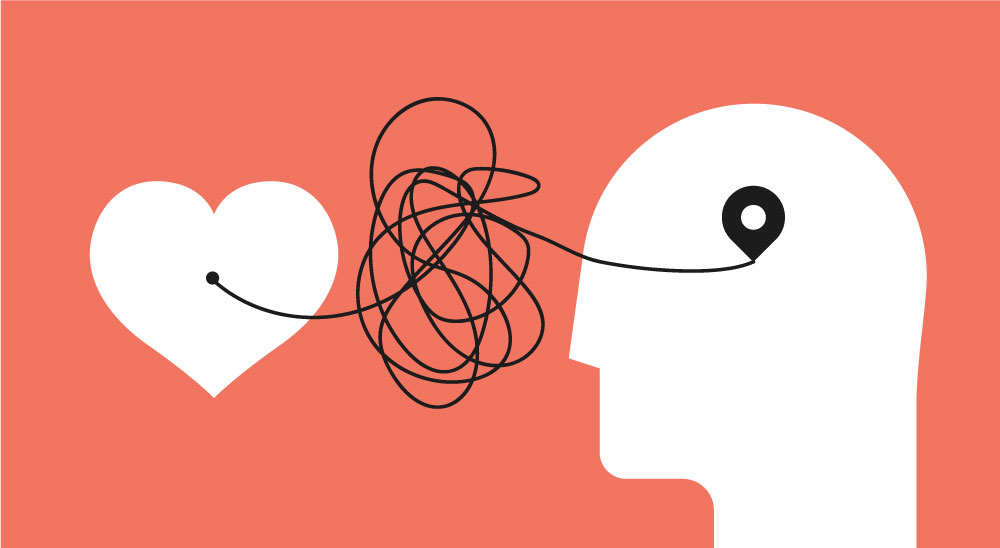It doesn’t matter what your particular industry, product, or service may be, at the heart of every business is the imperative to provide customers with the best possible experience. And that is why, now more than ever, user experience (UX) is a preeminent concern for tech developers.
But optimising UX is about more than winning clients, increasing customer loyalty, or driving account growth. Rather, by placing UX at the pinnacle of your design strategy, you mitigate business risk across the organisation.
This article examines the critical connection between UX and risk management and describes strategies developers can use to deploy UX as a key risk management tool.
UX Design and Risk Mitigation Institution-Wide
Perhaps the most significant benefit of UX for risk mitigation derives from the centrality of collaboration in effective UX design. In order to create a product, tool, or system that is truly capable of maximising user experience, diverse teams must learn to clearly, consistently, and comprehensively communicate.
And, in this process of interdepartmental communication and collaboration, UX designers will inevitably learn about the myriad adverse events that departments are susceptible to.
Customer service teams, for example, may note a high rate of product complaints and returns based on misleading product descriptions or promotions. This information may not only be used by the marketing team to enhance the clarity and accuracy of their campaigns, but also by UX designers. Good UX, for example, would ensure that product pages were easily accessible, navigable, readable, and understandable. This would also mean ensuring that product page content is optimised for accessibility devices, including screen readers.
UX Research and Testing to Minimise Risks
Another attribute of UX design processes that facilitate risk management are the robust research and testing involved in optimising the user experience. By researching the target customer/user base and by testing prototypes on these designated users, UX designers can glean extraordinary insights that can facilitate risk management.
These research and testing processes, for instance, help designers pinpoint stakeholder needs, challenges, and concerns with profound depth and accuracy. This, ultimately, is the central mission of risk management as well, as decision-makers seek to ascertain who is impacted, how, and why by the business processes they implement.
In the UX testing process, for example, designers may realize that the functions for which a system has been created do not actually bring value to the target user. For instance, designers may have created a product that deploys videos and static images to showcase the company’s products or services, only to discover that users need interactivity.
This can allow designers to shift to other tools, such as the use of augmented or virtual reality (AR/VR) technologies to provide users with a more immersive and interactive experience. This is a powerful asset for risk management because it ensures that tools are optimised and targeted prior to their full rollout.
Thus, decision-makers don’t have to endure a decrease in website traffic or a decline in sales before they realise that their more traditional digital strategy isn’t going to work for them.
Conversely, decision-makers may be all-in for the latest, greatest, most cutting-edge technologies, only to discover in UX testing that the complexity of the system puts users off. Without the opportunity to research and test a UX design, decision-makers may have ended up pouring thousands and even millions of dollars into an investment that was nothing but a loss.
UX Improvements to Customer Service and Experience
Let’s face it: no one likes criticism. But bad reviews and customer complaints can be a deep stain on any business, and that’s why customer criticism must be taken seriously.
The good news, though, is that effective UX design provides an extraordinary opportunity to use negative reviews for an enduring business good. Unfortunately, however, too many designers get so focused on a single touchpoint or one core mission that they forget to look elsewhere for ideas and information needed to make the UX truly great.
And what UX designers tend to mismanage or entirely forget is the incredible power, both for good and for ill, of negative reviews. Without a concerted effort to respond to and address the concerns raised in a negative review, you’re pretty much guaranteed to repeat the same “bad” user experience over and over.
That’s not just going to end up costing the company customers, it’s also going to end up tarnishing the company brand. Prospective customers will go online, find a litany of bad reviews, and immediately move on to your competitor without even giving your business a shot.
On the other hand, if you take those reviews and use them to build a better design, then you’ll have a constructive (and legitimate) response to bad reviews. Above all, you’ll have the design, as well as the satisfied users, to back you up.
Thus, responsive UX design is critical for managing risks to the company brand and its competitive positioning.
UX Design Supports Informed Decision-Making
UX design is a risk management tool that serves large, medium, and small enterprises equally well. In large and medium-sized enterprises, for example, information silos can quickly develop, particularly as enterprises become more complex. This means that the flow of information becomes opaque and disrupted, leading to errors, inefficiencies, and, consequently, toa bad customer experience.
Small businesses face a similar risk, even when the organisational structure of the company is fairly simple, Small business owners with a limited staff may still find themselves facing barriers to effective communication between and among teams.
But UX design requires alignment and consensus in business processes as well as agility and responsiveness in regard to optimising user experience. UX for small businesses, for example, necessitates agreement on critical issues relating to the company’s identity and, thus, on its value to the target audience.
Consistency and clarity in branding, service, values, relevance, and mission are critical to the overall user experience. And when the UX is anything less than satisfactory, then designers and decision-makers alike will know immediately that there is something amiss in one of these critical areas. Response and agile entities will take such a revelation and use it to make the customer experience better, to optimise UX design, and, in turn, to minimise business risks.
UX For Reporting and Visualising Risks
The target user may be the heart and soul of UX design, but data is the brain. When designers research and test a UX design or design strategy, they often generate a substantial amount of data.
These data aren’t just essential for improving UX, though. They can also be critical for reporting and visualising internal risks. For example, if UX data reveal that target users aren’t actually using the functions that are the flagship of the organisation, this is a pretty obvious sign that the business model needs revamping.
UX data, in other words, can be central to understanding internal threats relating to a company’s value proposition and/or its operating processes. They can help decision-makers determine, for example, if they’re operating in the right market, targeting the right market segment, or meeting the most significant market demand.
The Takeaway
UX design isn’t just for target end-users. UX can also be central to risk management, particularly in its capacity to foster agility, responsiveness, collaboration, and informed decision-making enterprise-wide.
- User Experience in Rural Agriculture: Balancing Tradition and Innovation - June 4, 2024
- Nurturing UX-Centric Culture in Your Tech Startup - May 7, 2024
- Exploring the Connections Between Sustainability and UX Design - March 19, 2024
![]() Give feedback about this article
Give feedback about this article
Were sorry to hear about that, give us a chance to improve.








